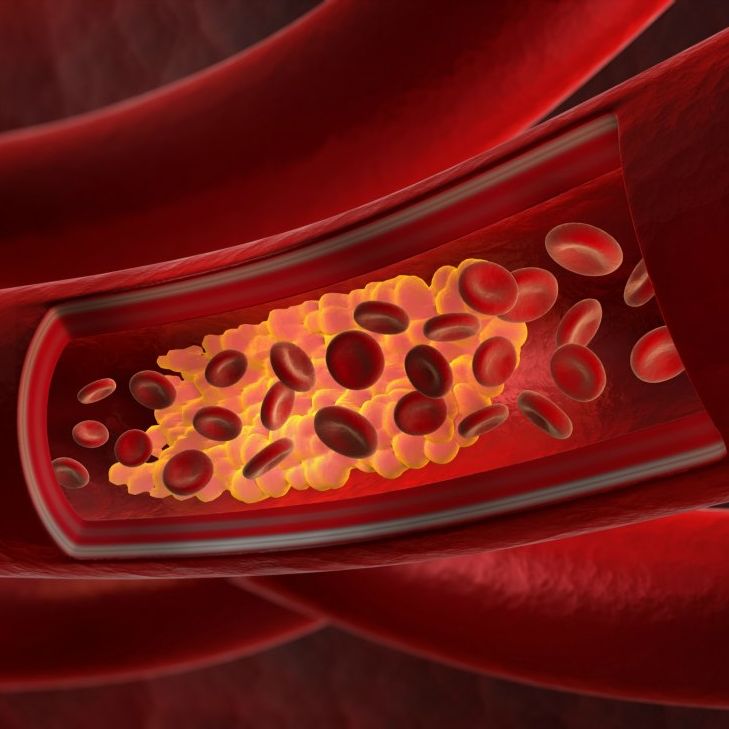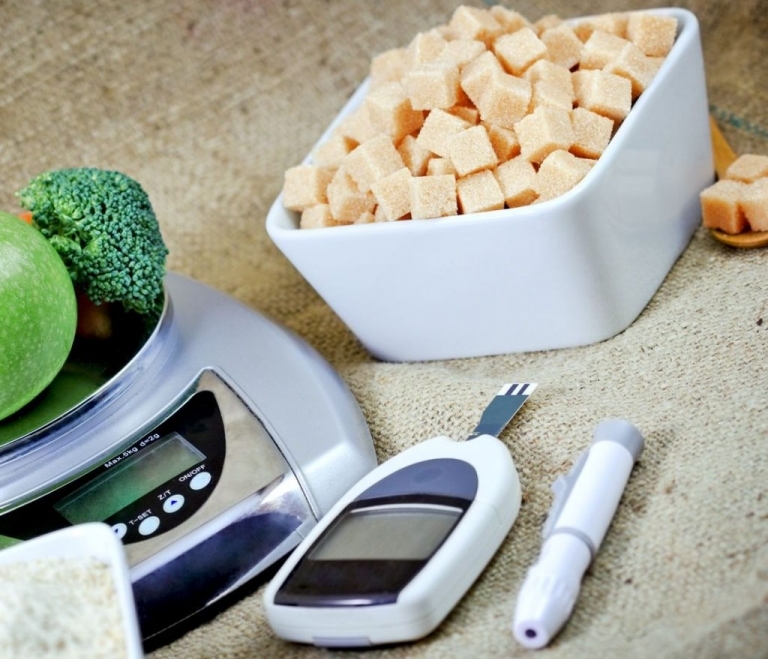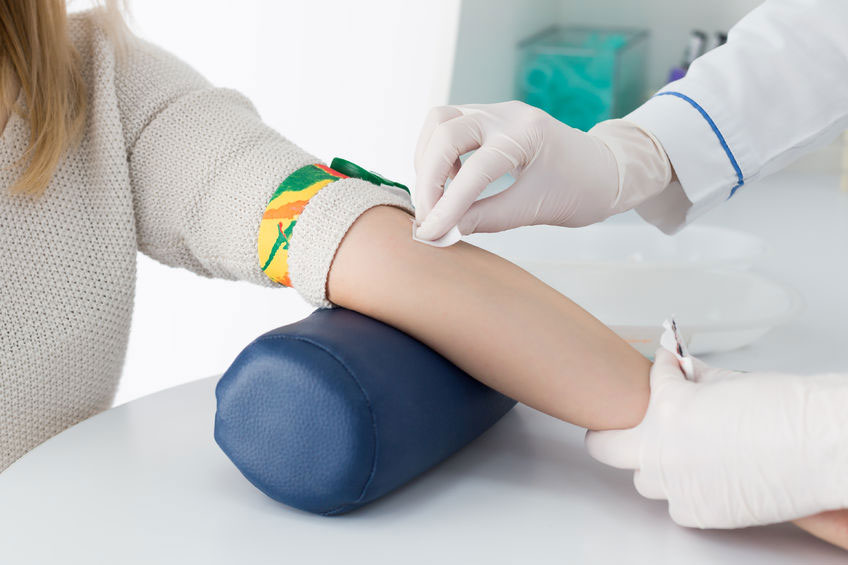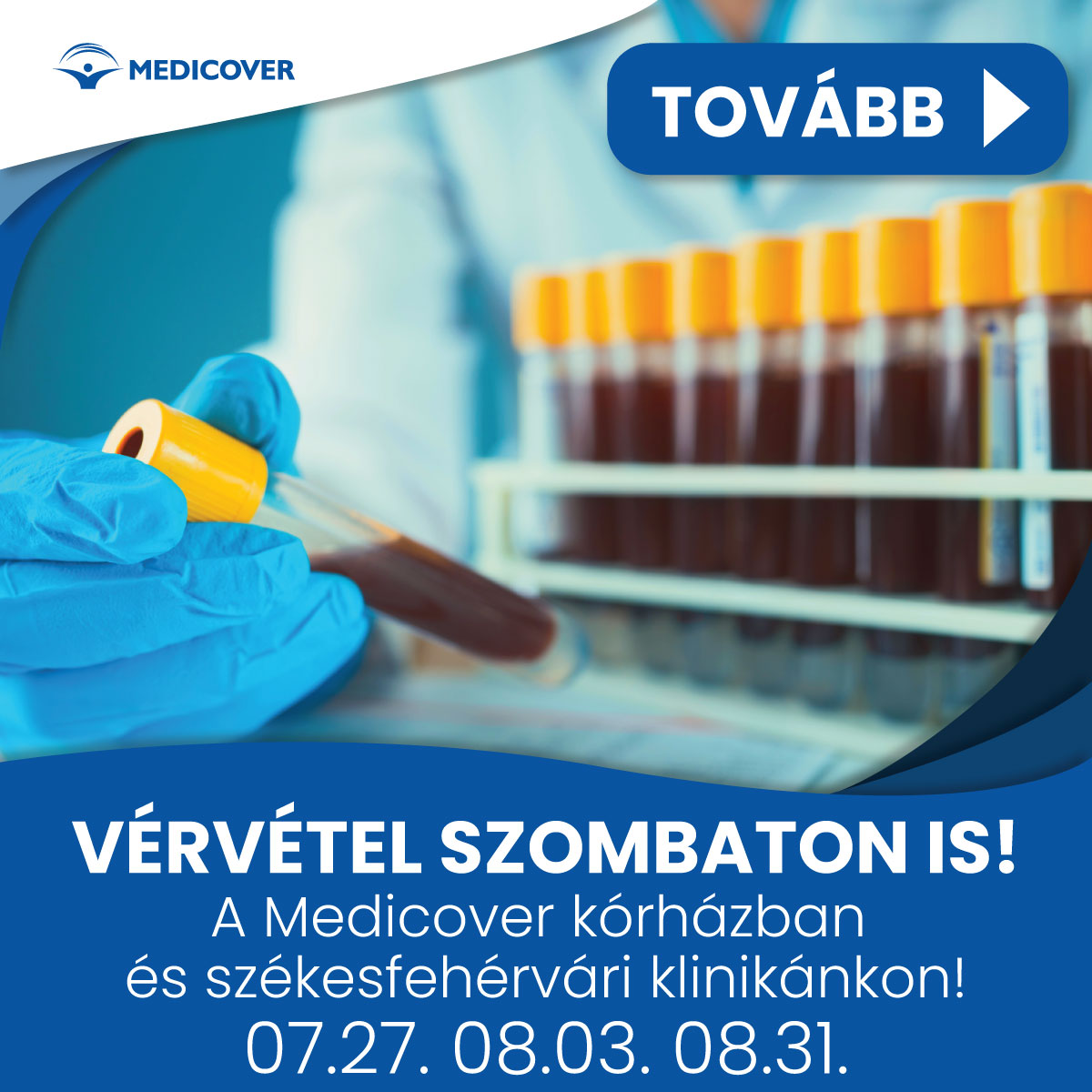Cardiovascular risk laboratory test
The laboratory package examines the laboratory risk of cardiovascular disease and stroke. The tests of the package are especially recommended for the high-risk group, whose family has already had this type of illness and is living a stressful lifestyle.
Cardiovascular diseases are one of the leading causes of death worldwide. Coronary heart disease is an inflammatory disease of the blood vessels in the large and small blood vessels (coronary arteries) that supply the heart, resulting in gradual or sudden vascular occlusion. Plaque that accumulates under the inner layer of the blood vessels that supply the heart is responsible for the narrowing of the blood vessels. As a result of the narrowed blood vessels, the supply of oxygen to the heart muscle cells decreases, causing chest pain and, in more severe cases, myocardial infarction with myocardial necrosis. Moreover, oxygen deficiency can lead to arrhythmias, heart failure, and sudden cardiac death.
Stroke is brain damage caused by disorders of cerebral circulation. The disease develops when the blood supply to an area of the brain is reduced to such an extent that some of the cells in it are killed. Its signs are temporary paralysis and speech and vision problems. The most common symptoms include weakness or paralysis of the limbs, numbness of the face, arms and legs, sudden dizziness and blurred vision, severe headache, possibly vomiting, and memory problems and confusion.
Items tested in the cardiovascular risk laboratory package

Cholesterol
Cholesterol is produced in the highest amount by the liver in the human body, but some of it is taken in with food. It plays a significant role in the structure of cell membranes. The cholesterol produced by the liver is essential for the production of bile.
HDL cholesterol
It is also called “protective” or “good” cholesterol because it transports cholesterol deposited in the blood vessel wall back to the liver where it is broken down.
LDL cholesterol
It is mostly referred to as “bad” cholesterol. It transports cholesterol from the liver to the cells. When the body accumulates more cholesterol than it needs, the excess cholesterol is deposited in the walls of the blood vessels.
non-HDL cholesterol
Non-HDL cholesterol levels are obtained by subtracting the HDL cholesterol number from the total cholesterol number. Non-HDL cholesterol contains practically all “bad” types of cholesterol. Its optimal level is less than 130 milligrams/decilitre (mg/dl) or 3.37 millimoles/l (mmol/l). Higher numbers indicate a higher risk of heart disease.
What can indicate inadequate cholesterol levels?
Low HDL cholesterol levels contribute greatly to the development of atherosclerosis and cardiovascular disease.
With elevated LDL-cholesterol as well as total cholesterol levels, the elasticity of the vessel wall decreases, allowing cholesterol to build up. Too high values significantly increase the risk of atherosclerosis and myocardial infarction.
What causes high cholesterol?
- Malnutrition (regular consumption of foods high in cholesterol)
- Taking certain medicines (e.g. antihypertensives)
- Pregnancy
- Inherited metabolic disease


Triglycerides
Triglycerides (neutral fats) are the main components of dietary fats (e.g. butter, lard) that provide energy to our bodies. While some of the fat that enters the body covers energy needs, the remaining, unused portion is stored in adipose tissues. In case of excessive carbohydrate intake, our own body also produces triglycerides.
What can cause high triglyceride levels?
Obesity due to malnutrition, thyroid disease (hyperthyroidism, hypothyroidism), taking certain medications, excessive alcohol consumption, inflammation of the pancreas, and inherited metabolic disease can all contribute to high triglyceride levels.
Due to the very high triglyceride levels, the risk of atherosclerosis and cardiovascular disease is significantly increased. Medication can be used to prevent the development of more serious complications by eliminating harmful passions (alcohol, smoking) and doing regular exercise.
Uric acid
Uric acid is a breakdown product of purine compounds, which is excreted in the urine. The average daily uric acid excretion is normally 150-250g. Uric acid is poorly soluble in water and can crystallize in the kidneys, leading to kidney stones.
Homocysteine
Homocysteine is a sulfur-bearing amino acid that is normally only present in small amounts in the body. Increased homocysteine levels cause damage to the arteries and promote inflammatory processes and plaque formation, which can lead to the narrowing of blood vessels and the development of cardiovascular disease.
CRP
It measures the amount of CRP protein that is produced in liver cells in the event of inflammation. Typically, its levels increase radically in bacterial and fungal infections. Its normal value is below 8mg/l.
Blood sugar
It is used to determine the level of glucose in the blood to help detect diabetes. Elevated levels indicate diabetes.
Fibrinogen
Fibrinogen is produced by the liver. A clotting factor that is involved in the blood clotting process is called an acute phase protein, which, along with 20 other blood clotting factors, enters the bloodstream. Adequate fibrinogen levels are essential for normal blood clotting to take place.


Depending on the results of the laboratory test, it is recommended to consult a cardiologist.
How do I prepare for a cardiovascular laboratory test?
Having an empty stomach is required for the test.
When is the result expected?
The result of the cardiovascular laboratory test is expected after the 7th working day following the test.

